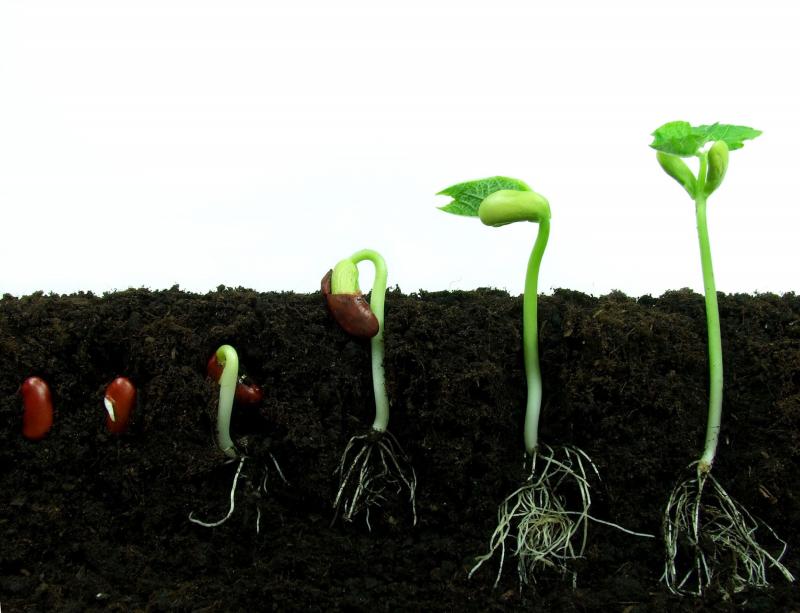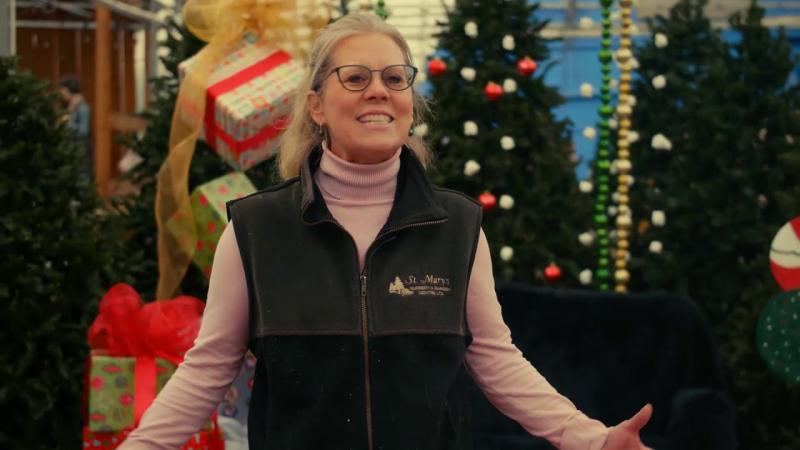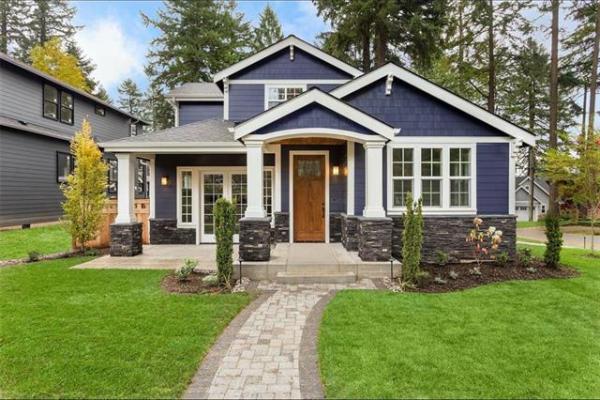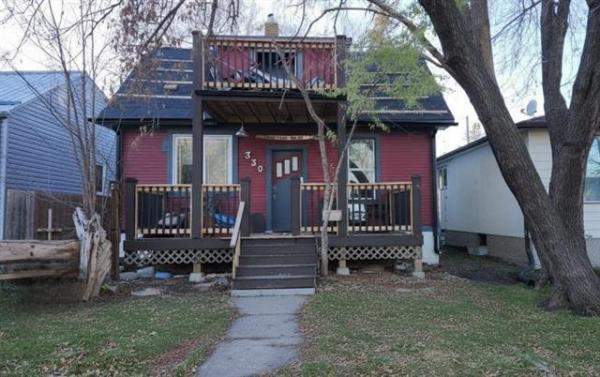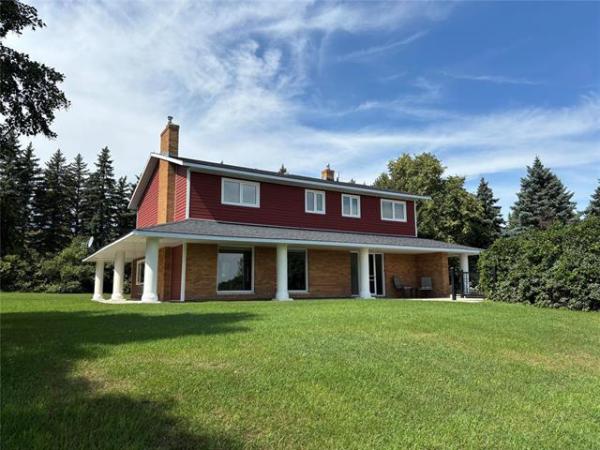Time spent choosing seeds for the right location is the initial step in creating a beautiful garden. Your decisions are made and your intention may be the next step of starting them early. Your adventure into growing indoors begins with the rewards of producing your own crop of flowers and plants.
Like using a trusted recipe "just like gramma used to make" there are key ingredients for each step to be successful for getting seeds to grow.
Seeds come in a multitude of sizes and types. Some as tiny as the mark left from the sharpest of pencils to those the size of a bean or a kernel of corn. Some plants benefit from early seeding indoors because they have a long germination and longer growing period before they become mature. Some seeds do not need to be started early and can be sown directly to the earth in the garden. Seed packets indicate the options for how they may be started.

Plants seeded earlier have the added advantage of growing quicker when planted in the garden when temperatures are frost free giving the garden much more lead time over those seeds sown directly into the ground. Plants started earlier, and growing right at the beginning of a season produce blooms earlier.
The term "to germinate a seed": is to say, "cause the seed to break open it’s outer casing for the first emergence of a plant’s beginning – the beginning of a root". In order for a seed to achieve this initial change the seed requires moisture, warmth, and a medium to grow in. As well, some seeds may require darkness to germinate while others can be laid on the surface of the soil exposed to sunlight or artificial lighting.
What do you need to start seeds indoors? A list of items from small containers, growing mediums, clear plastic covers (to create a mini greenhouse) as well as water.

Choosing a smaller container to grow into is best for the early stages of seeding indoors. Seeds at the early stages do not require a lot of growing medium. Depending on how many seeds you may want to start with, space for starting your seeds will change as your plants grow and require transplanting to slightly larger containers. It is recommended to use a growing medium composed of a peat mixture. This mixture will have a percentage of perlite (small particles of white, porous material, beneficial for drainage). The peat moss mixture is light enough to allow fine roots to penetrate, while at the same time retains moisture. Fill your containers with the growing mixture which has been moistened.

Place smaller seeds on the surface of the peat moss medium, then gently press them to anchor them. Larger seeds may be placed to a depth of 2X the size of the seed. The moist medium with its newly planted seeds can now be placed under a clear plastic cover in a warm location to aid in the germination process. You will have to check your seeds daily to see if activity is occurring and to monitor that the peat mixture is still moist. Once you begin to see the emergence coming from the seed you may remove the clear cover. Soon you will begin to see the beginnings of "greenery" – the cotyledons . Small rounded leaves will form but are generally not the "true" leaf shape of the plants characteristics. Soon afterwards the true leaves emerge and the true characteristics of the plants will take shape. Your plants will be quick to grow.
Lighting is important through the entire process, especially once the initial show of green occurs. Increasing light will help in preventing the plant’s stem from stretching and assist in creating tight distances between the leaf layers creating nice compact seedlings.
Watering is also a key factor in growing your own seeds. Maintaining moisture is important in getting the seedlings to begin but as the plant matures you must allow the medium to dry slightly between watering. There is a rule: "you can save a plant from being under-watered BUT you cannot save a plant from being over-watered".
When do you transplant to a larger container? Do not be tempted to transplant too soon. Allow the roots of your new seedlings to fill the cell of your container. This makes a stronger main stem on the plant. The root system needs to develop and lengthen.

What seeds can be started indoors? Some prefer to start perennial varieties, while some may start with geraniums, pansies, or petunias. Others may prefer to start with a collection of herbs with the intention of having an early harvest.
St. Mary’s Nursery & Garden Centre has the expertise and materials to get you seeding for spring 2016.


